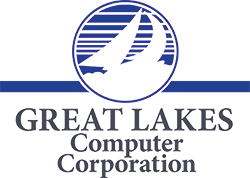 The Movement into the Cloud
The Movement into the Cloud
Not so very long ago, running applications or using storage in the cloud was still a highly experimental activity. This may have caused some small- and medium-sized businesses to back away from the technology, preferring to wait for the time when it had been thoroughly tested and could be considered proven. That day has now largely arrived; cloud computing is becoming a mainstream solution that businesses adopt in order to increase productivity while simultaneously lowering their IT support and infrastructure costs.
Cloud computing as a trade secret
Despite the mainstream status of cloud computing these days, however, there is relatively little reporting on the great success that many businesses are having with the cloud IT solutions they have implemented. The reason for the relative silence is not terribly hard to understand; businesses that have successfully moved operations into the cloud generally regard their new IT paradigm much in the manner of proprietary information. It gives them a competitive advantage that they are just as happy to keep to themselves. By some estimates, for every successful cloud computing story that is released in the press, there are at least a hundred more “unsung tales” of the cloud helping a business to achieve a leaner, more profitable profile.
Cloud computing security remains a significant concern for businesses that have not yet adopted the technology. When it comes to cloud security, the first thing that SMB owners and managers need to consider is the issue of private versus public cloud. These two great realms of off-site computing present very different profiles in terms of cloud security.
Public versus private: cloud security issues
With a public cloud, individual companies have almost no input at all into security considerations. They subscribe to a service and access it as needed to process workflow, but have no access to the interior workings of the service itself. A private cloud, however, is different. In a private cloud paradigm, the CIO can maintain excellent control over the programs loaded onto the cloud. This is because the private cloud is run for the exclusive use of a single company; that company can, therefore, greatly direct how the cloud services will operate. In a public cloud serving hundreds or thousands of separate companies, no single company can run the show.
For more information about cloud computing security or other issues related to this now-mainstream technology, talk to a cloud IT solutions specialist today.
If you are interested in learning more about Cloud IT please download our Whitepaper: 7 Myths about Data Backup & Disaster Recovery in the Cloud, by clicking below:
